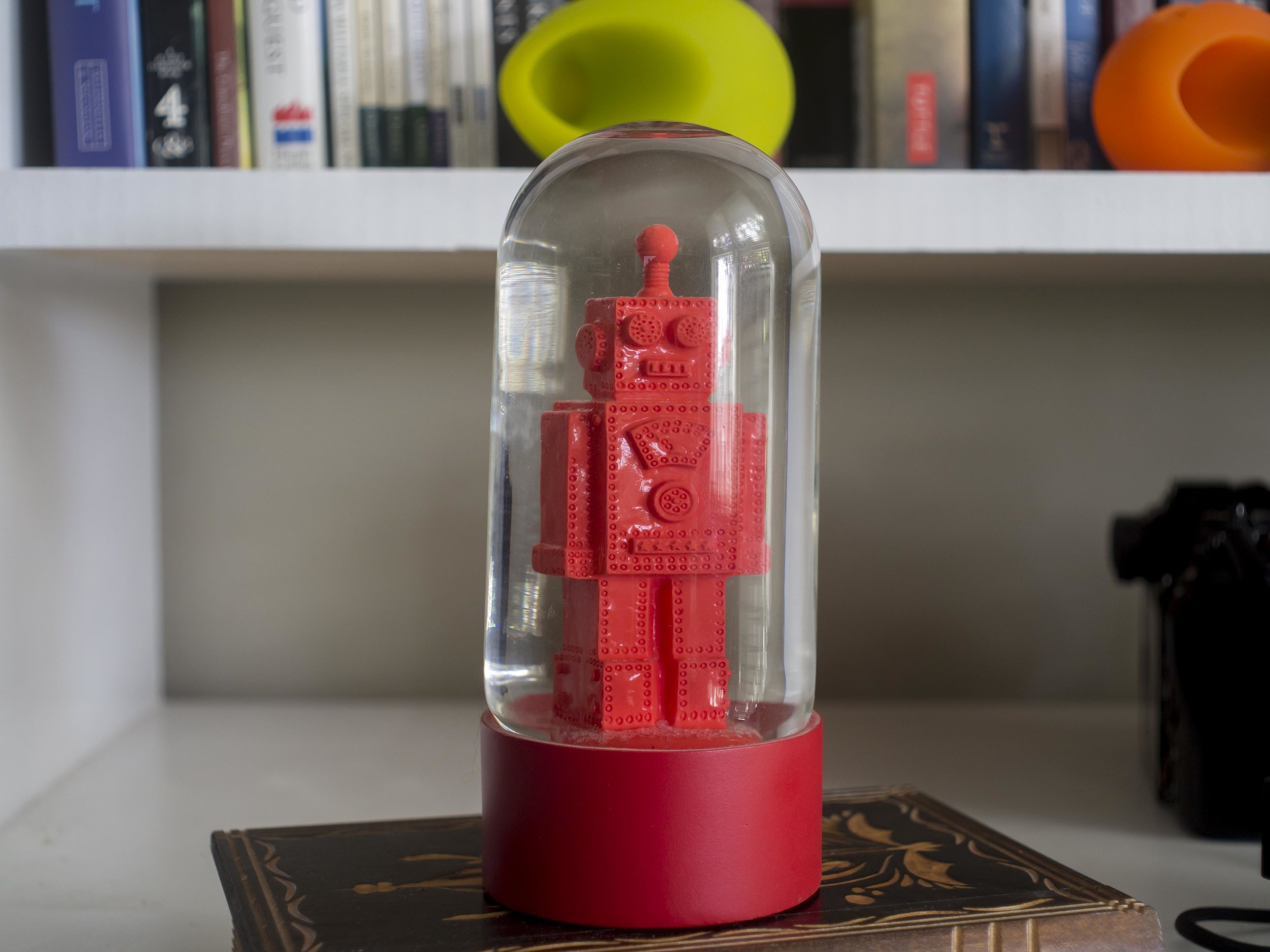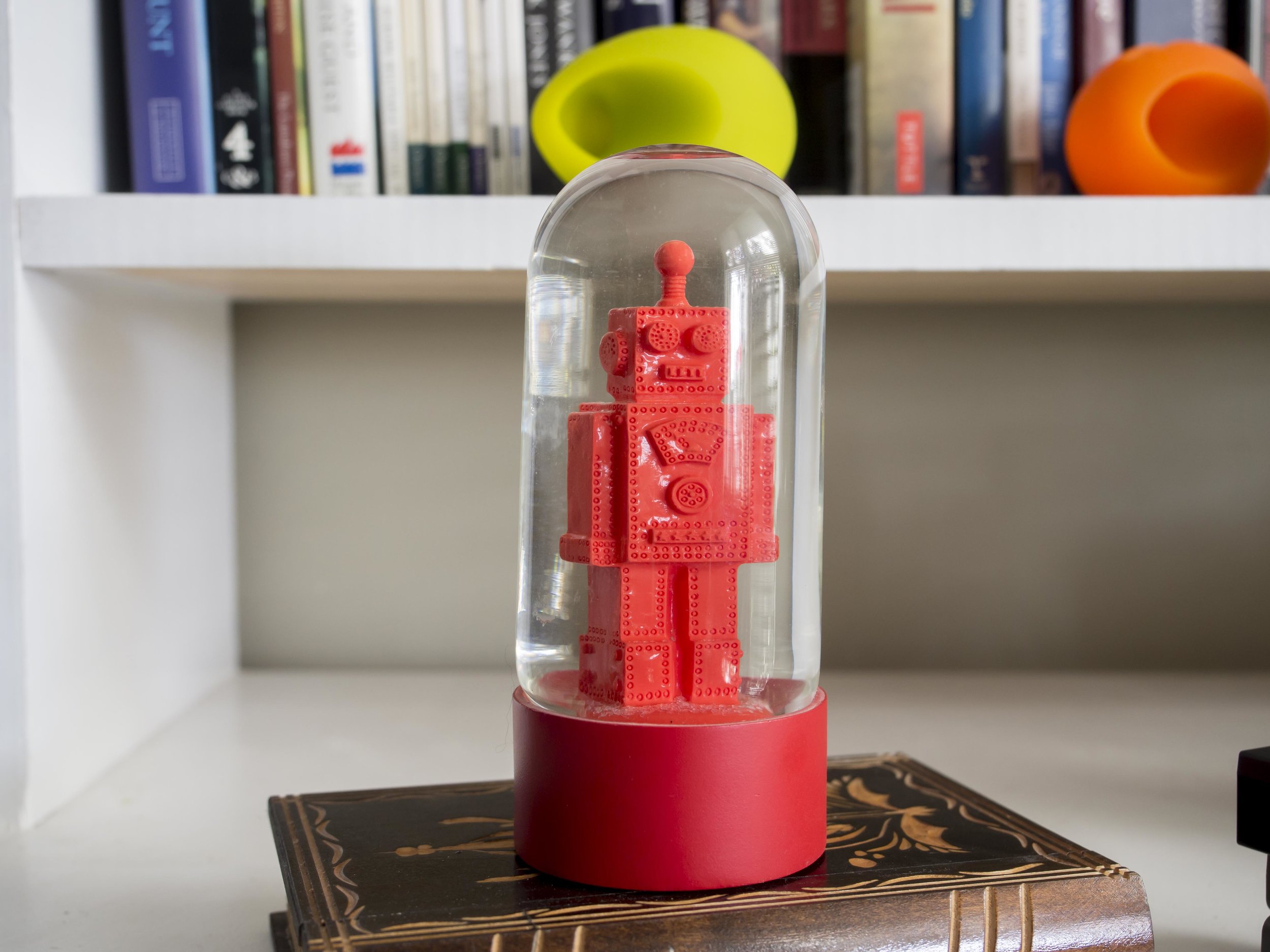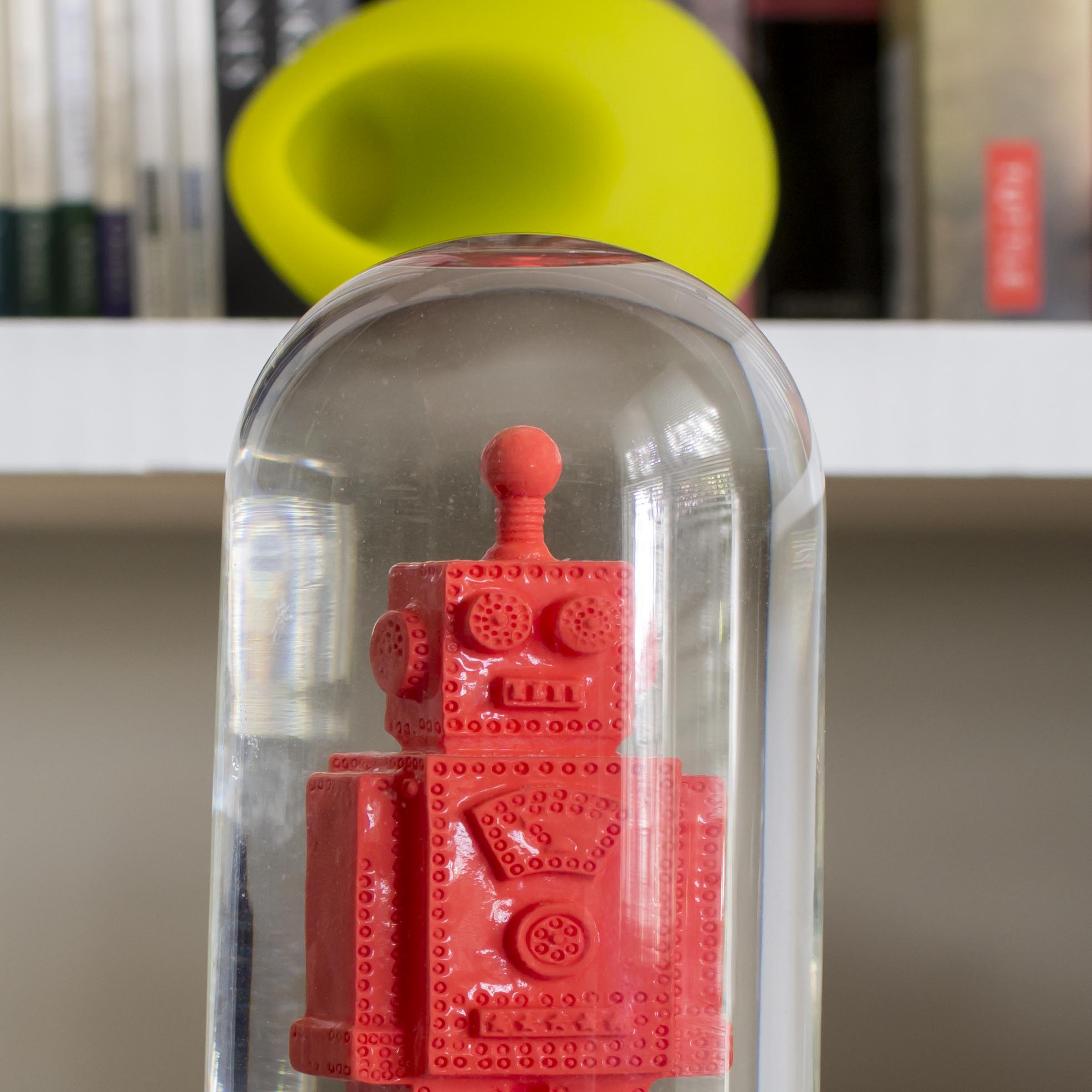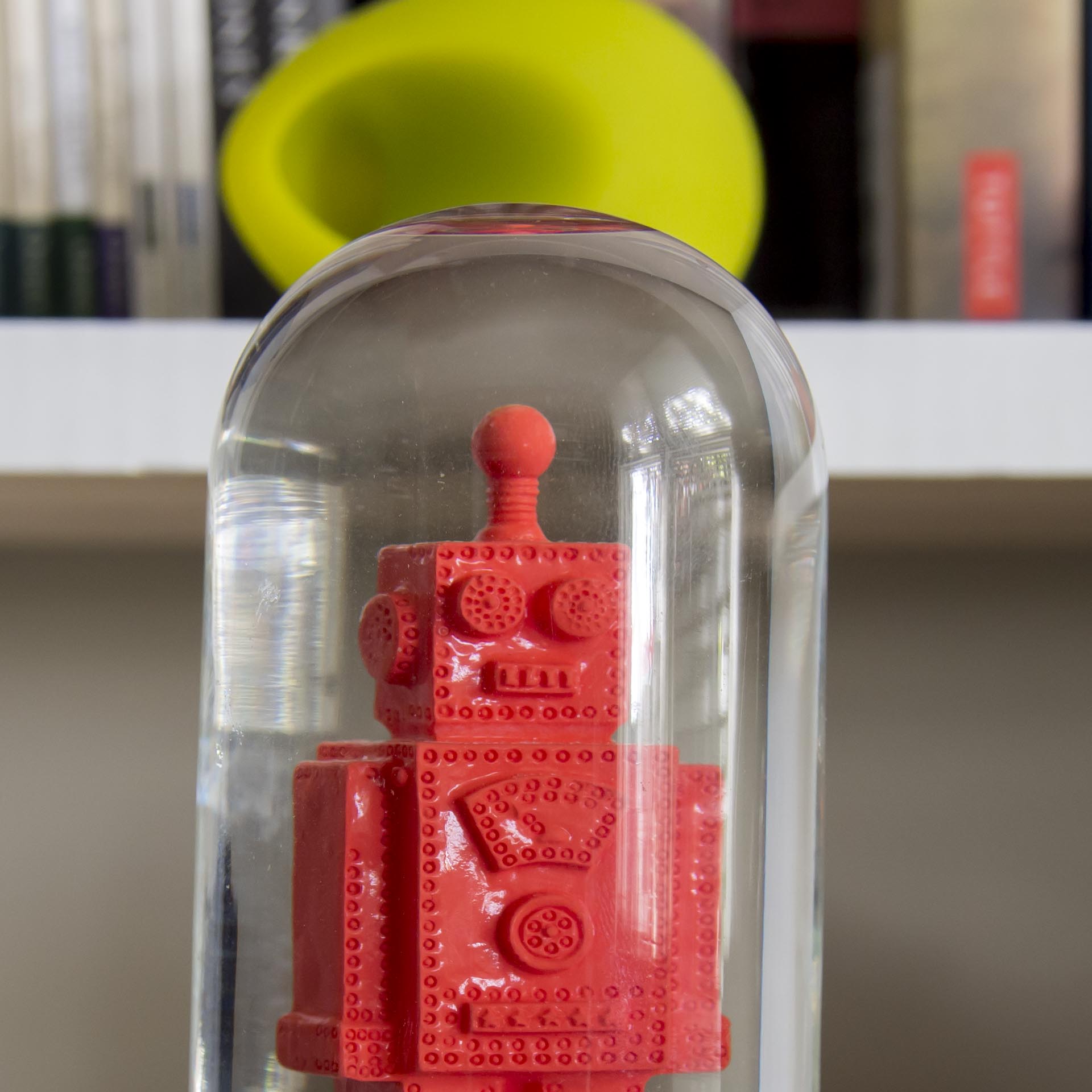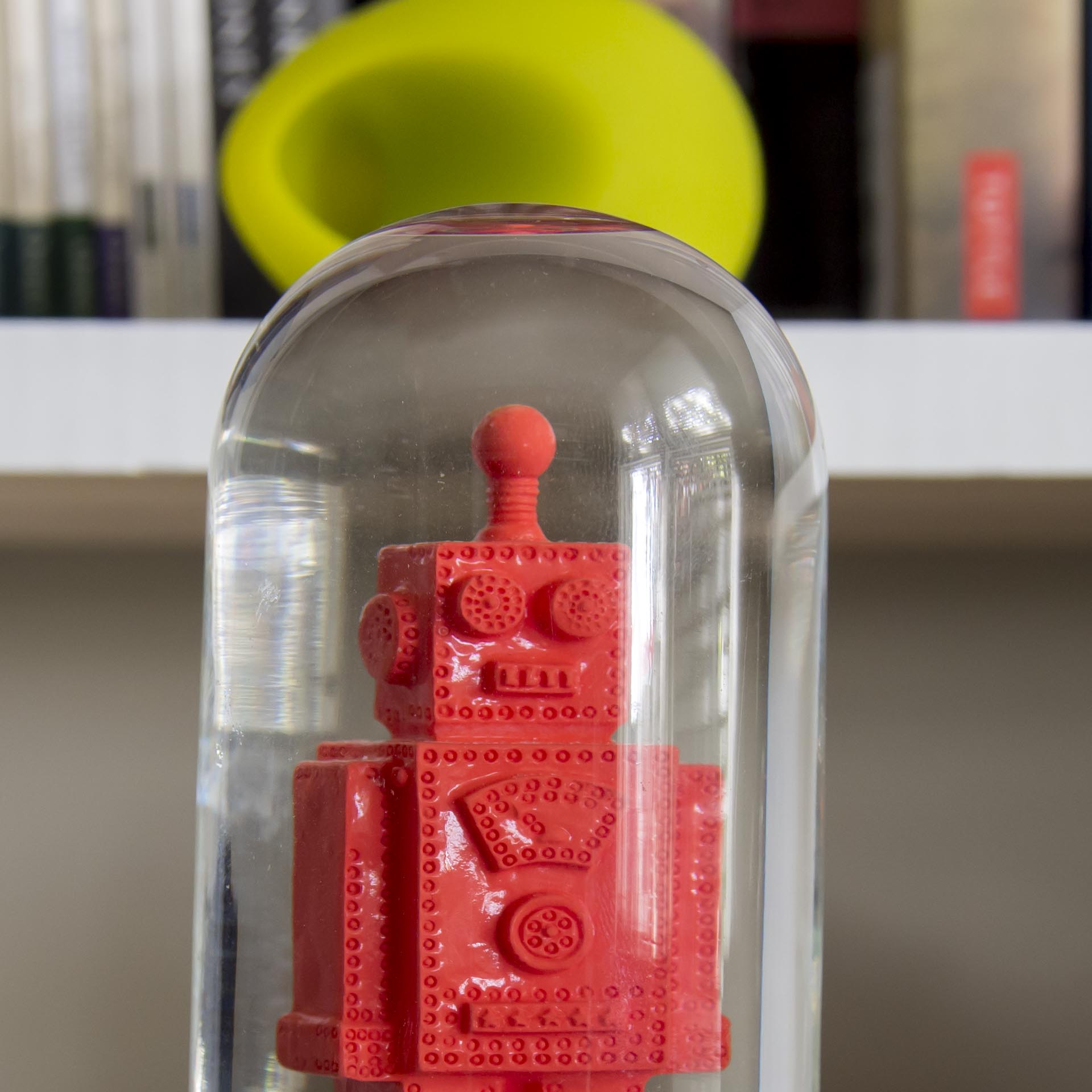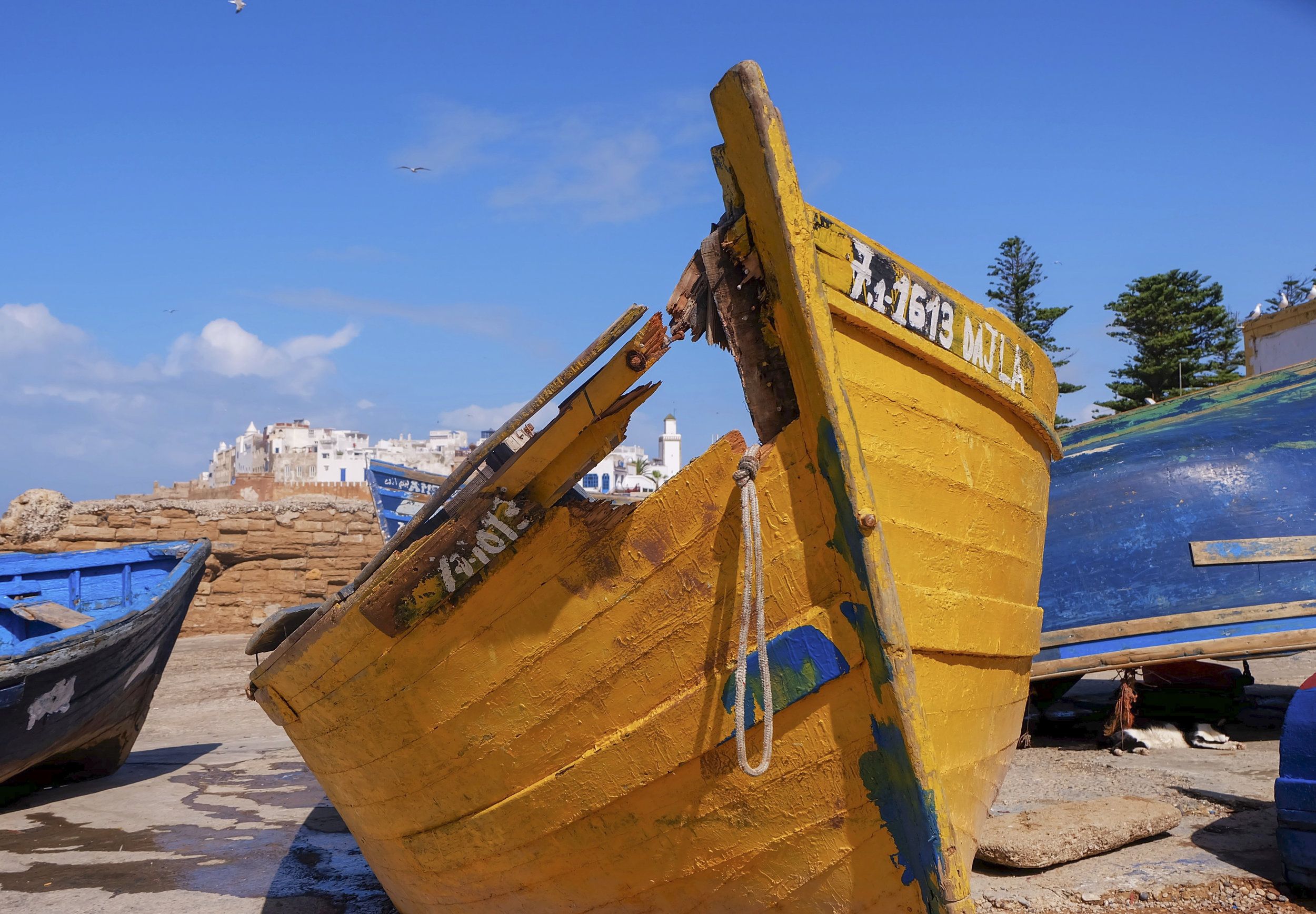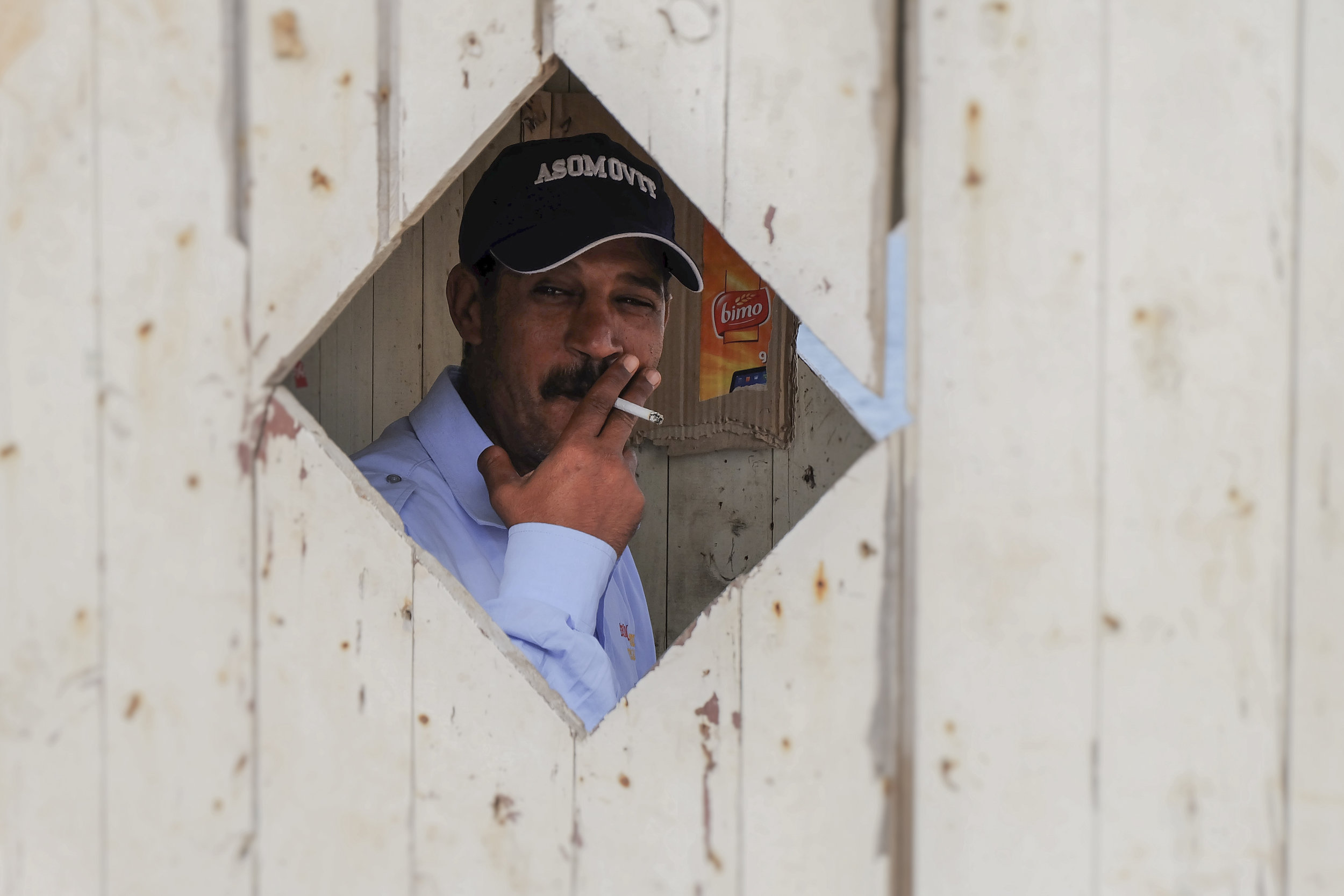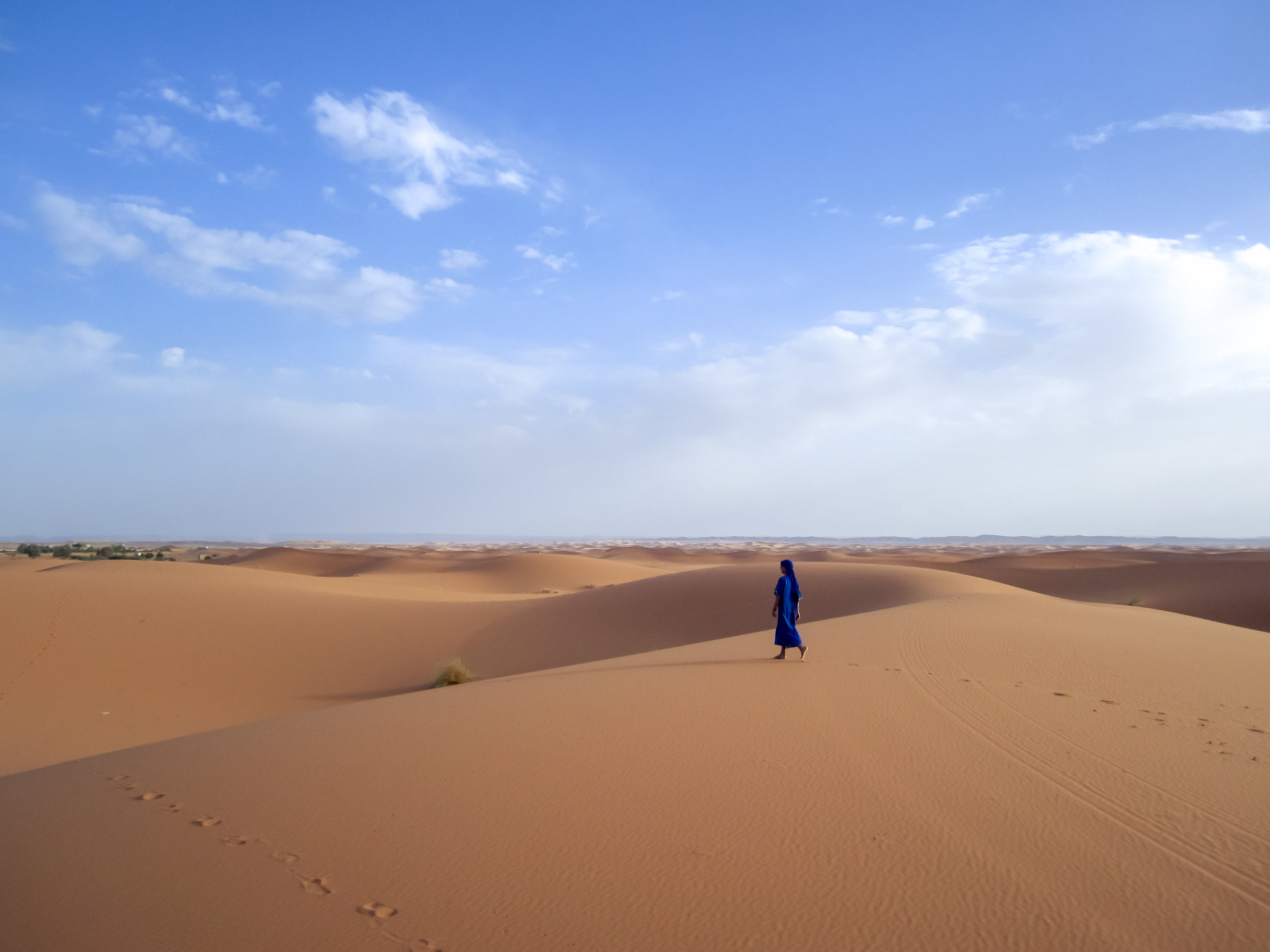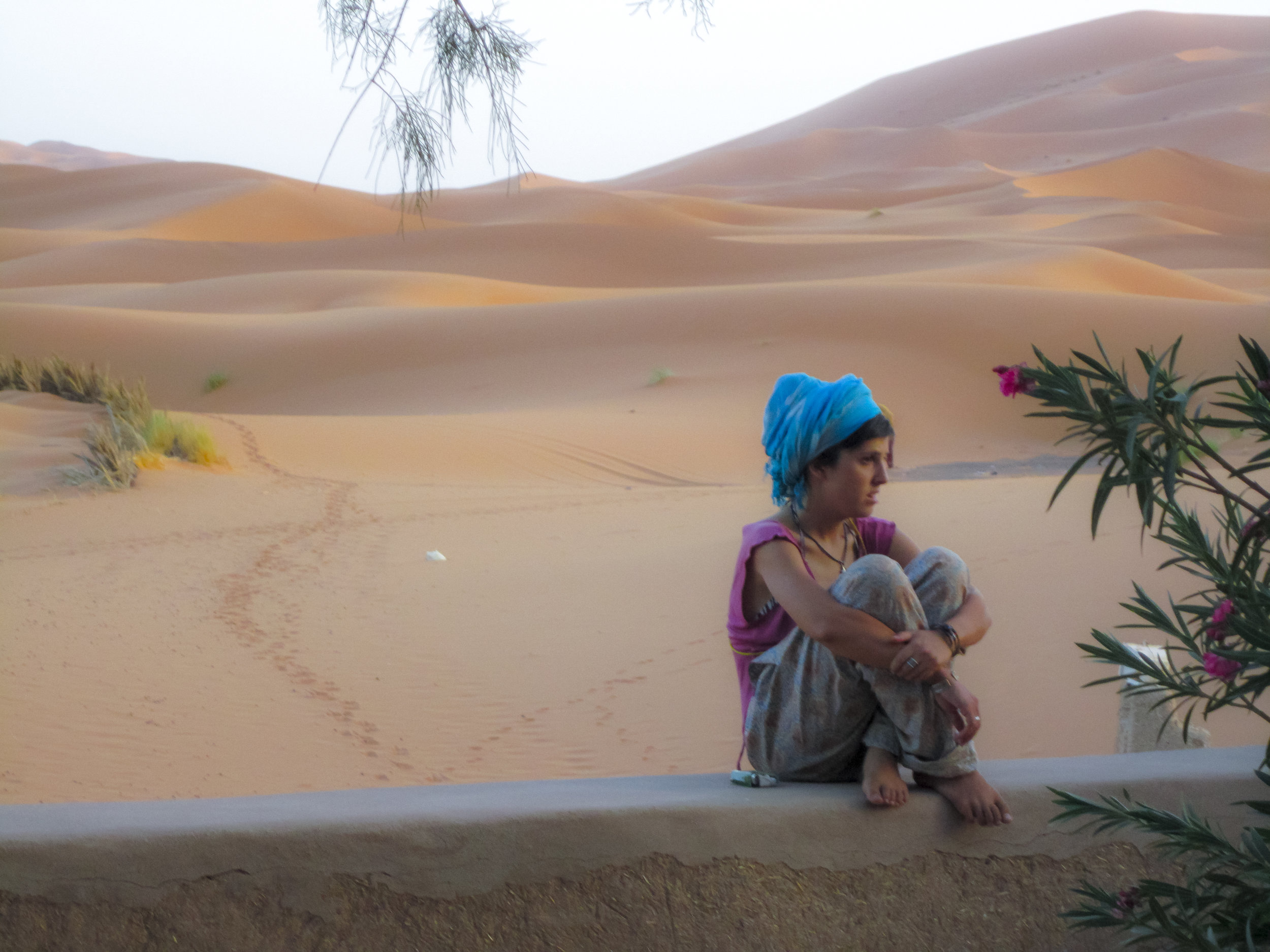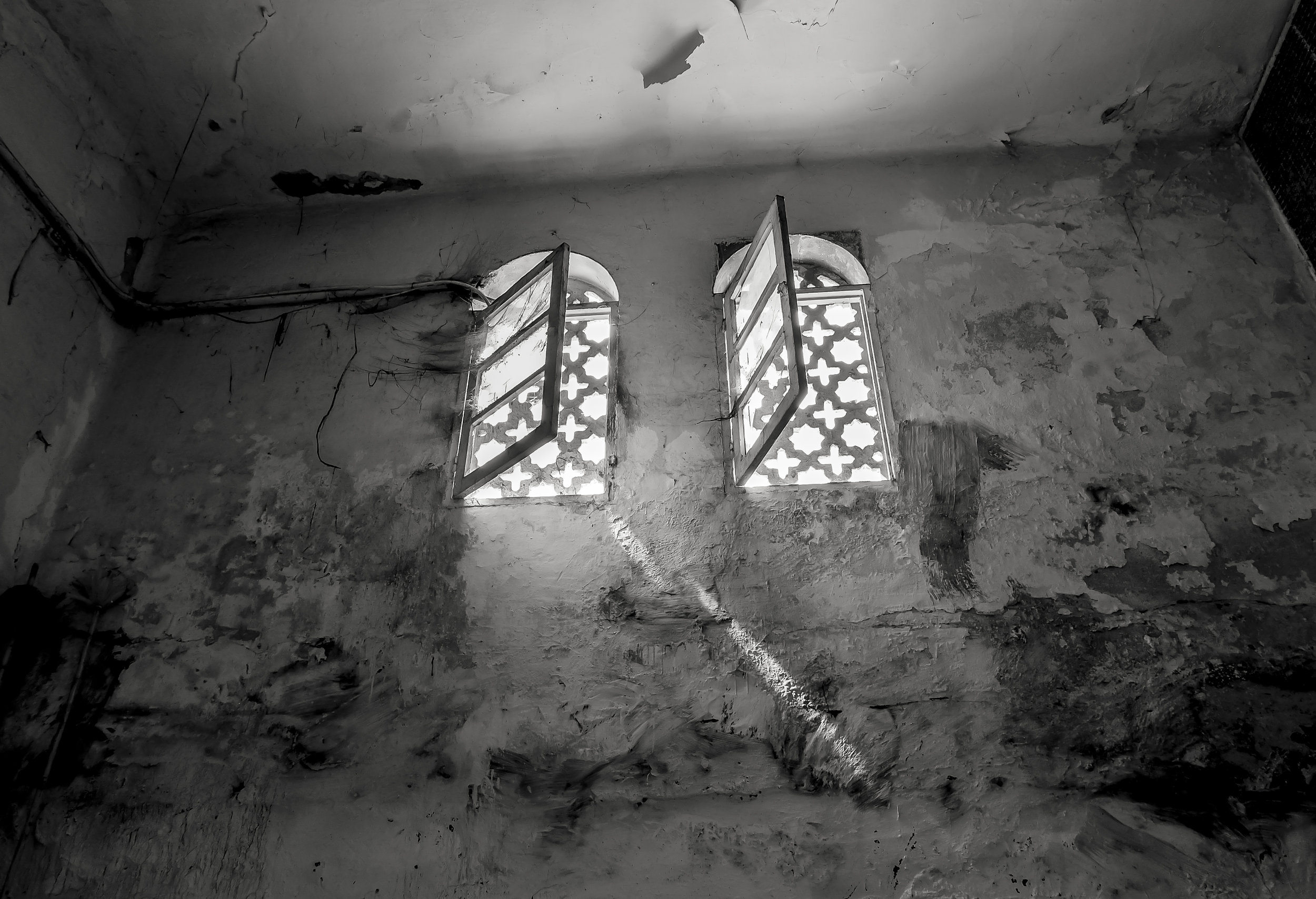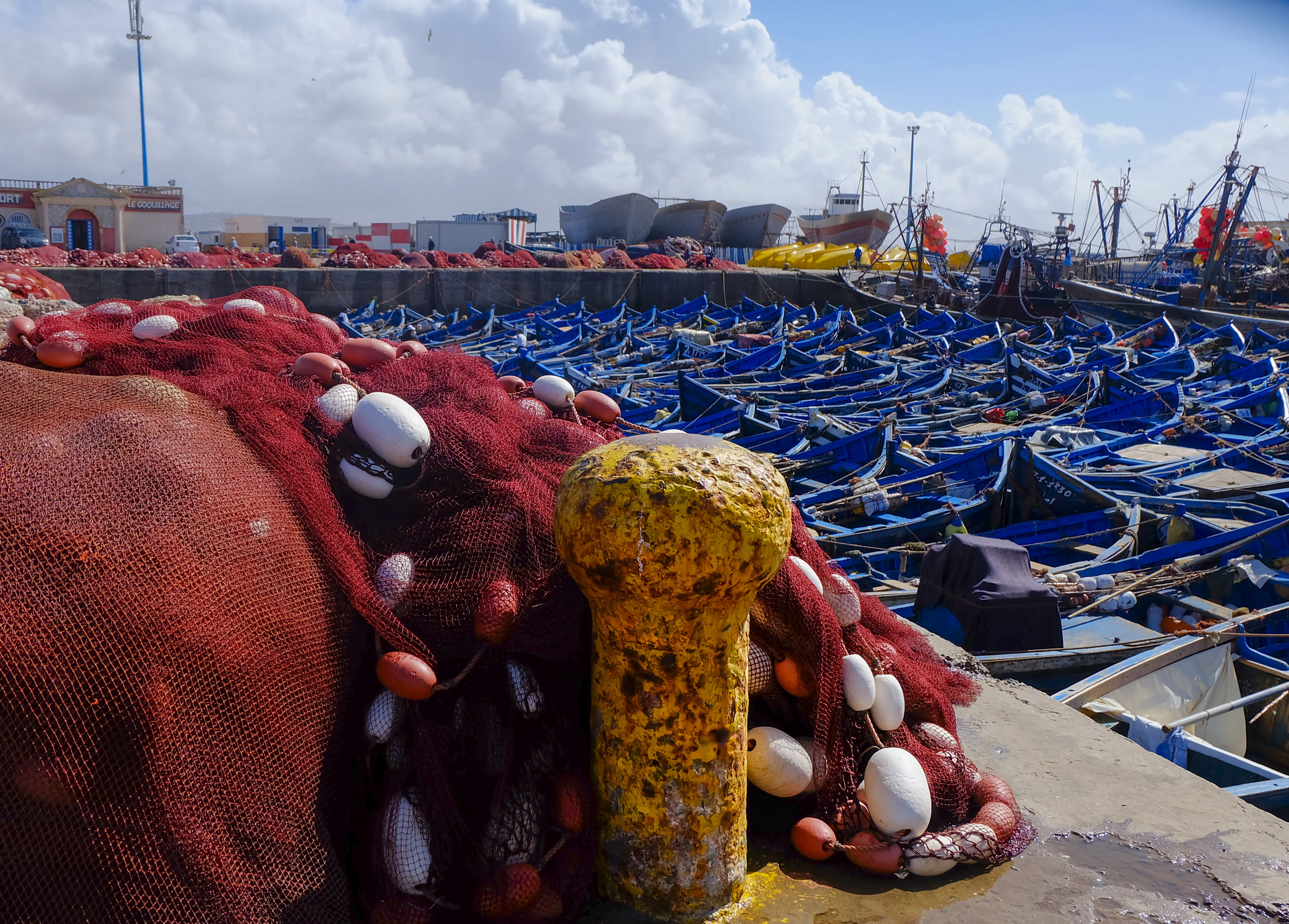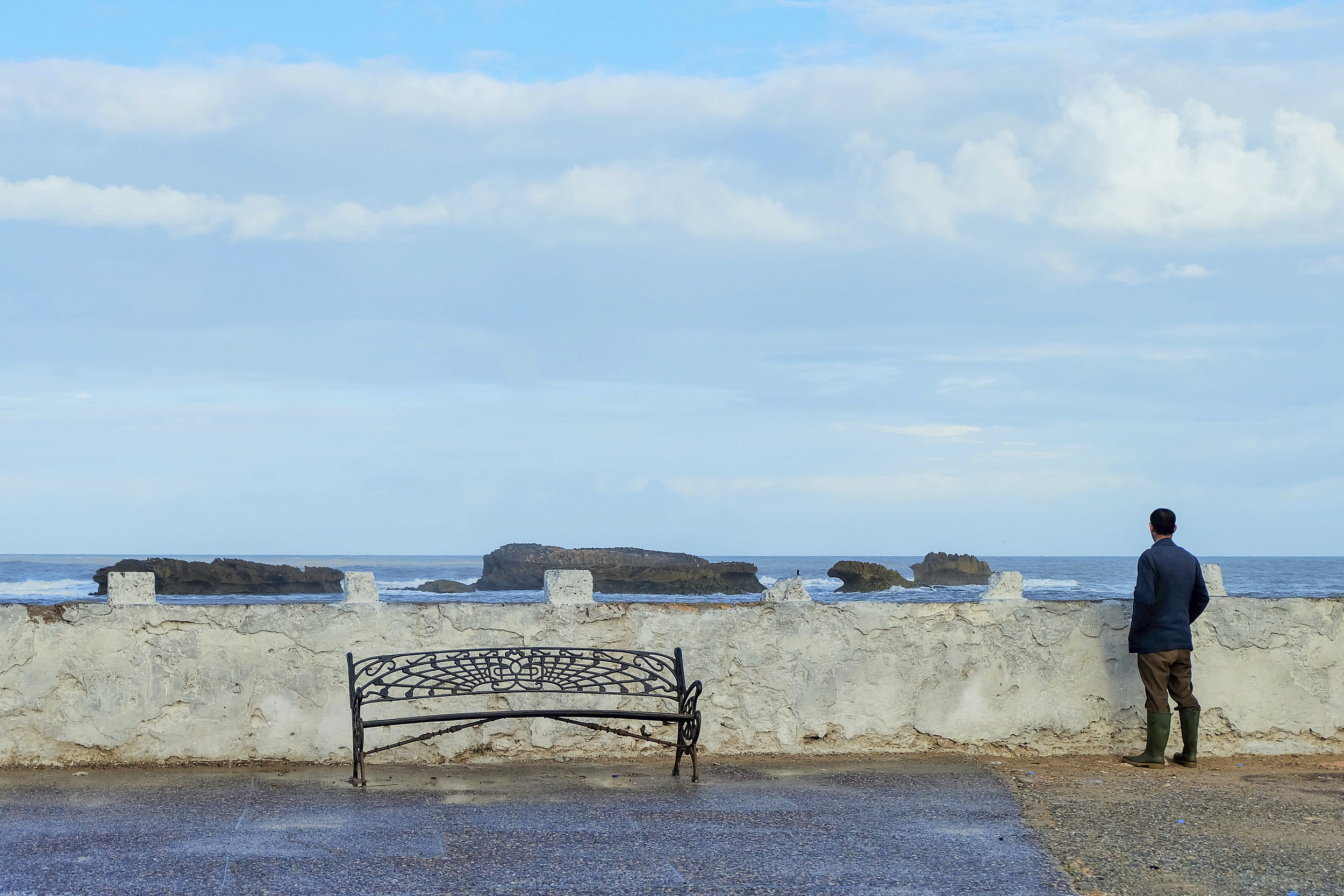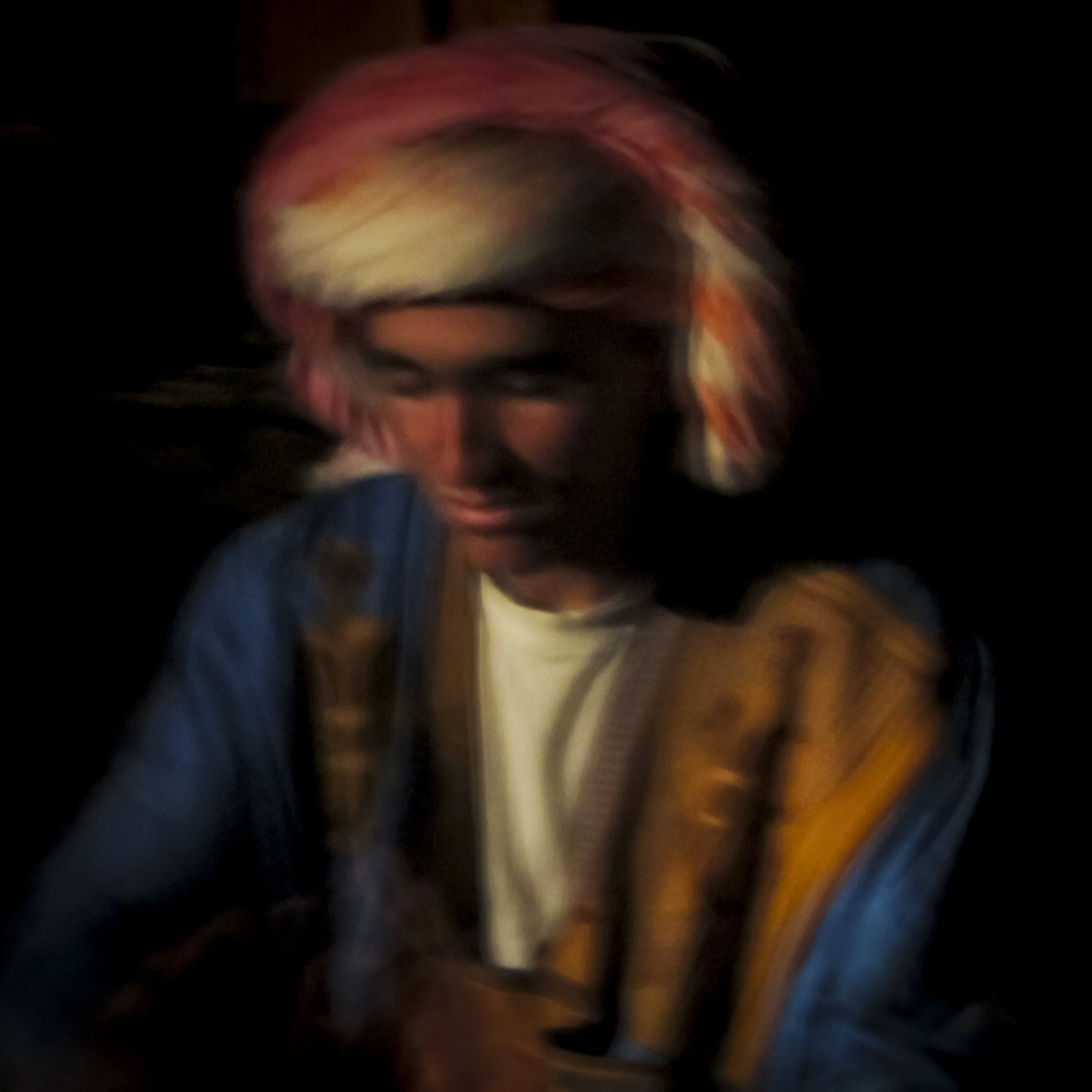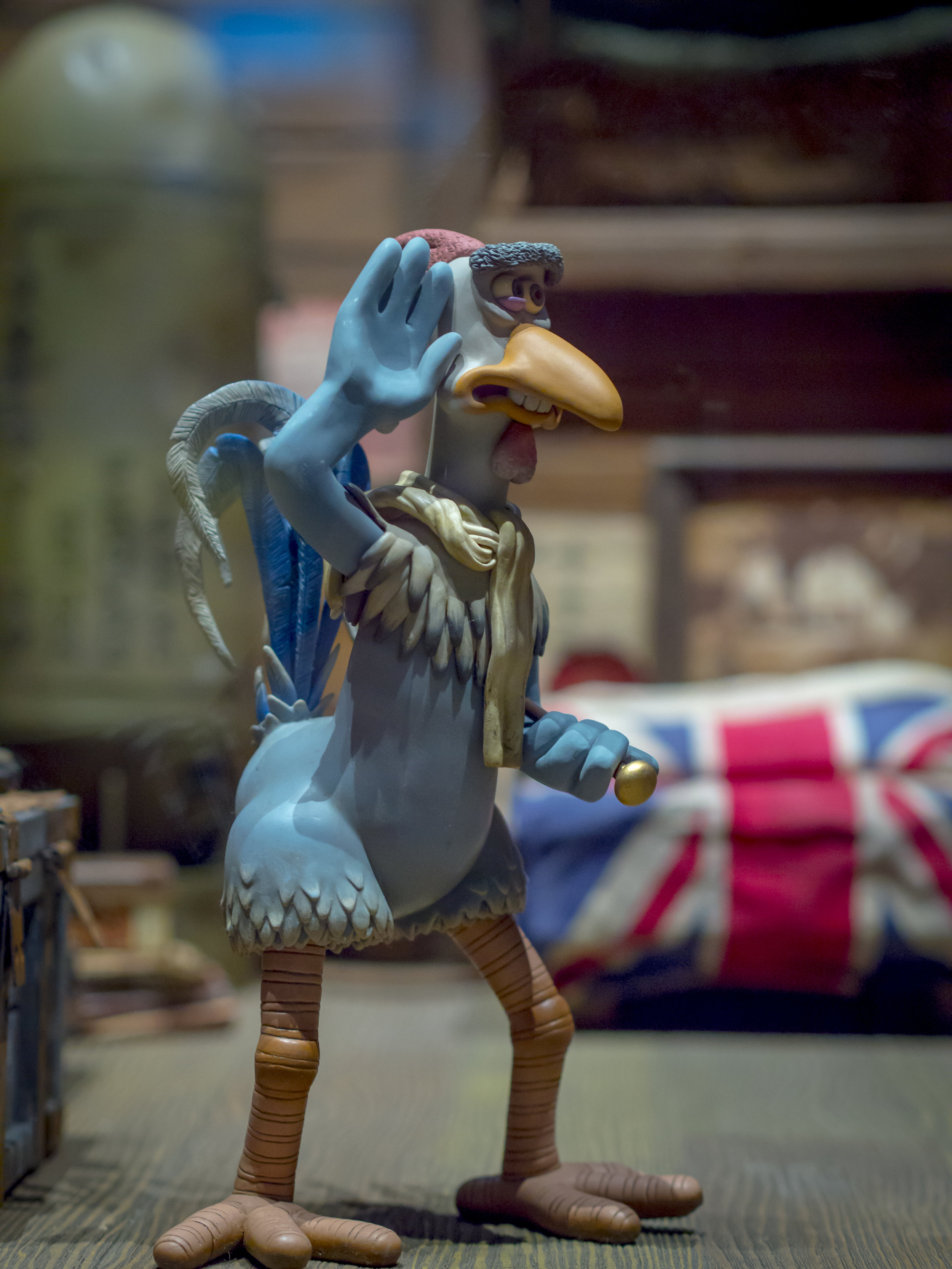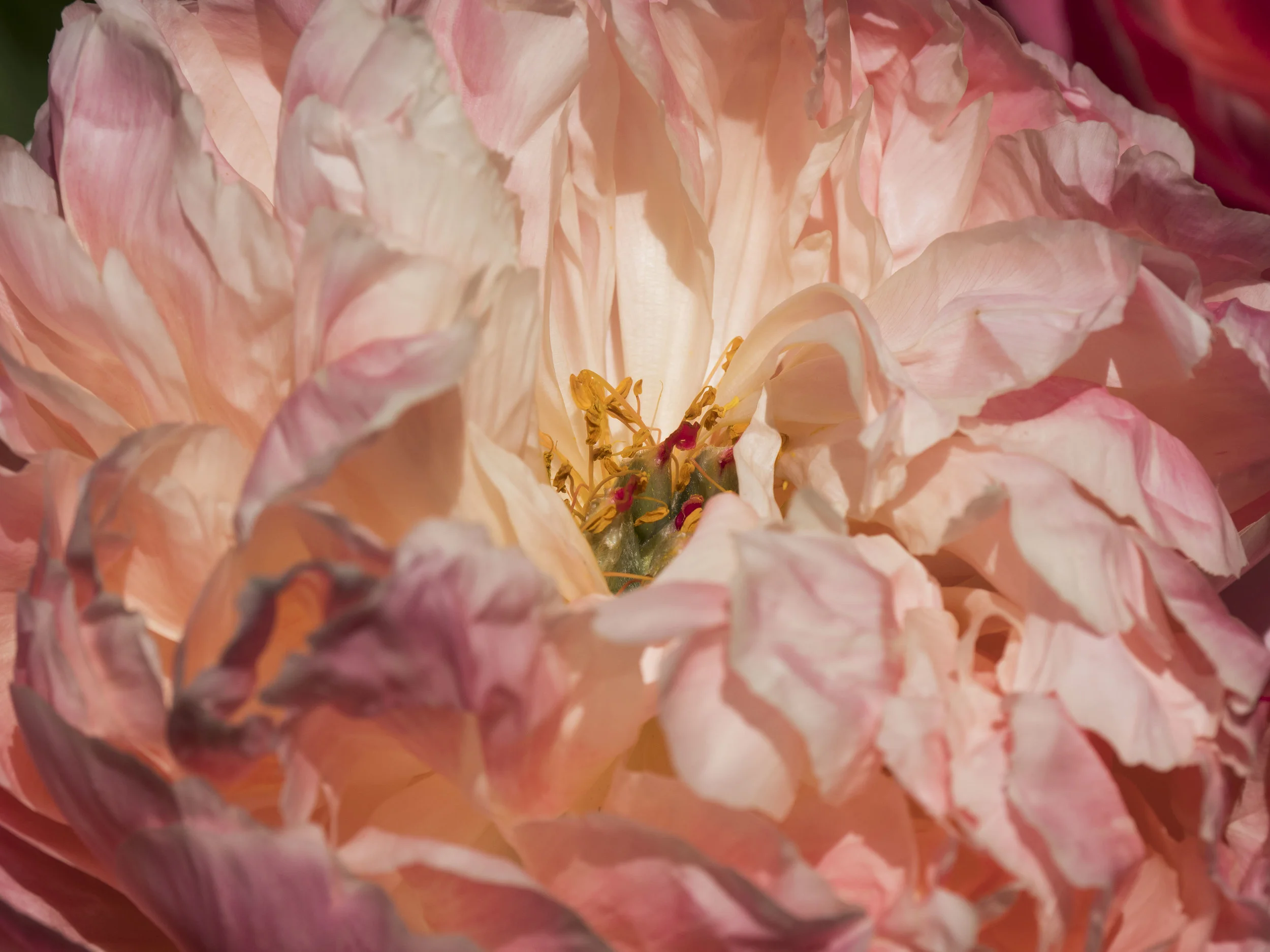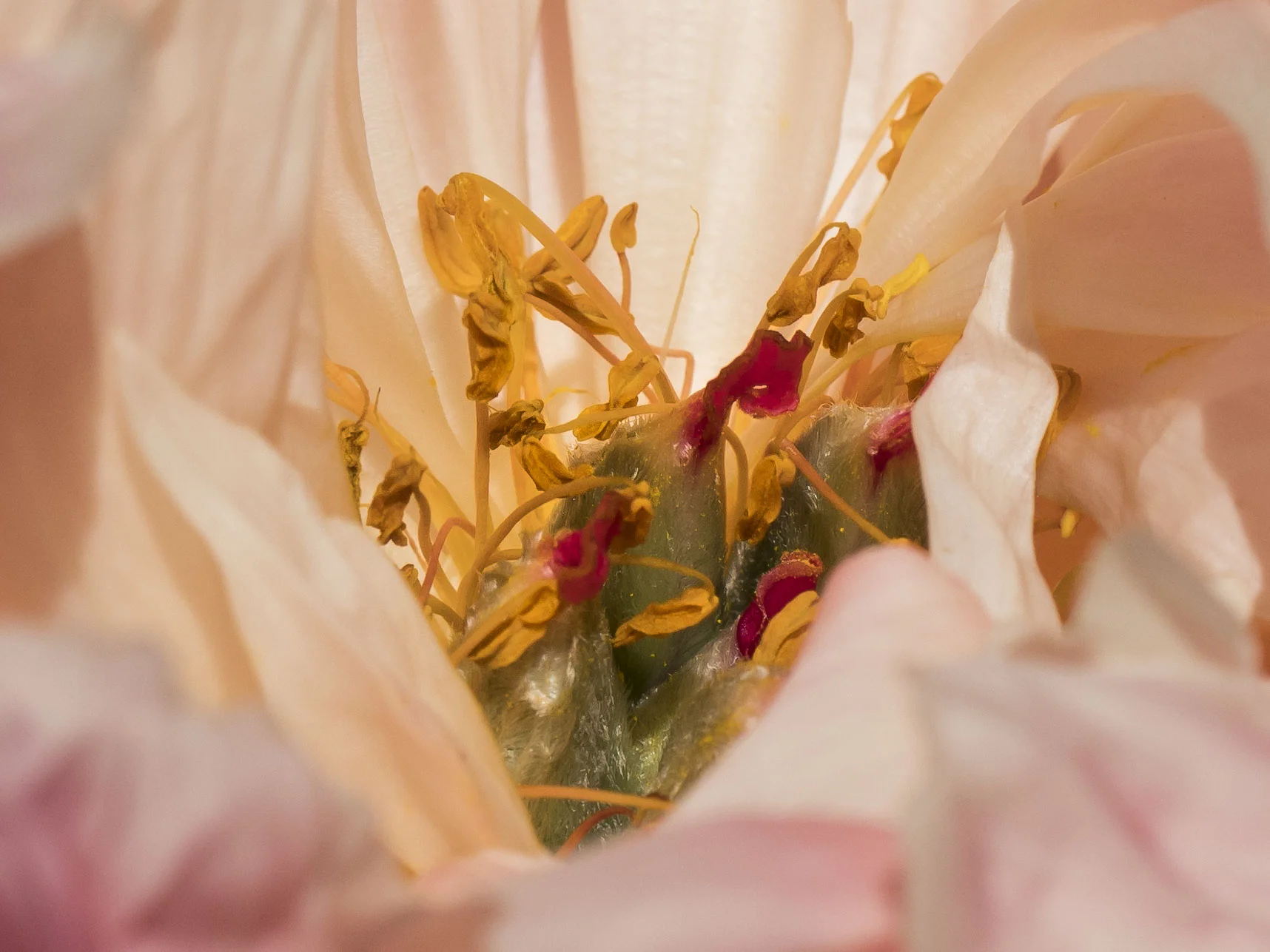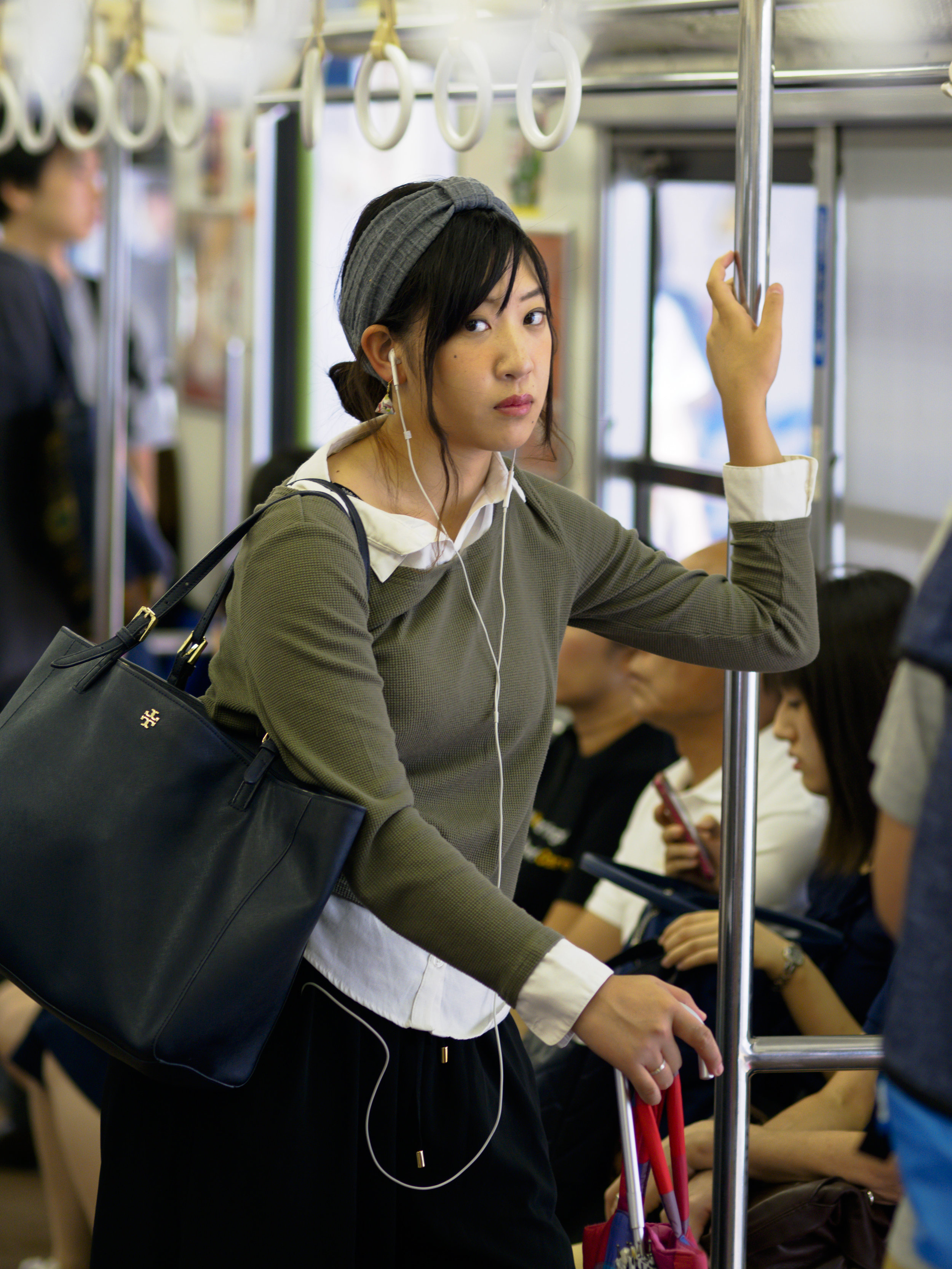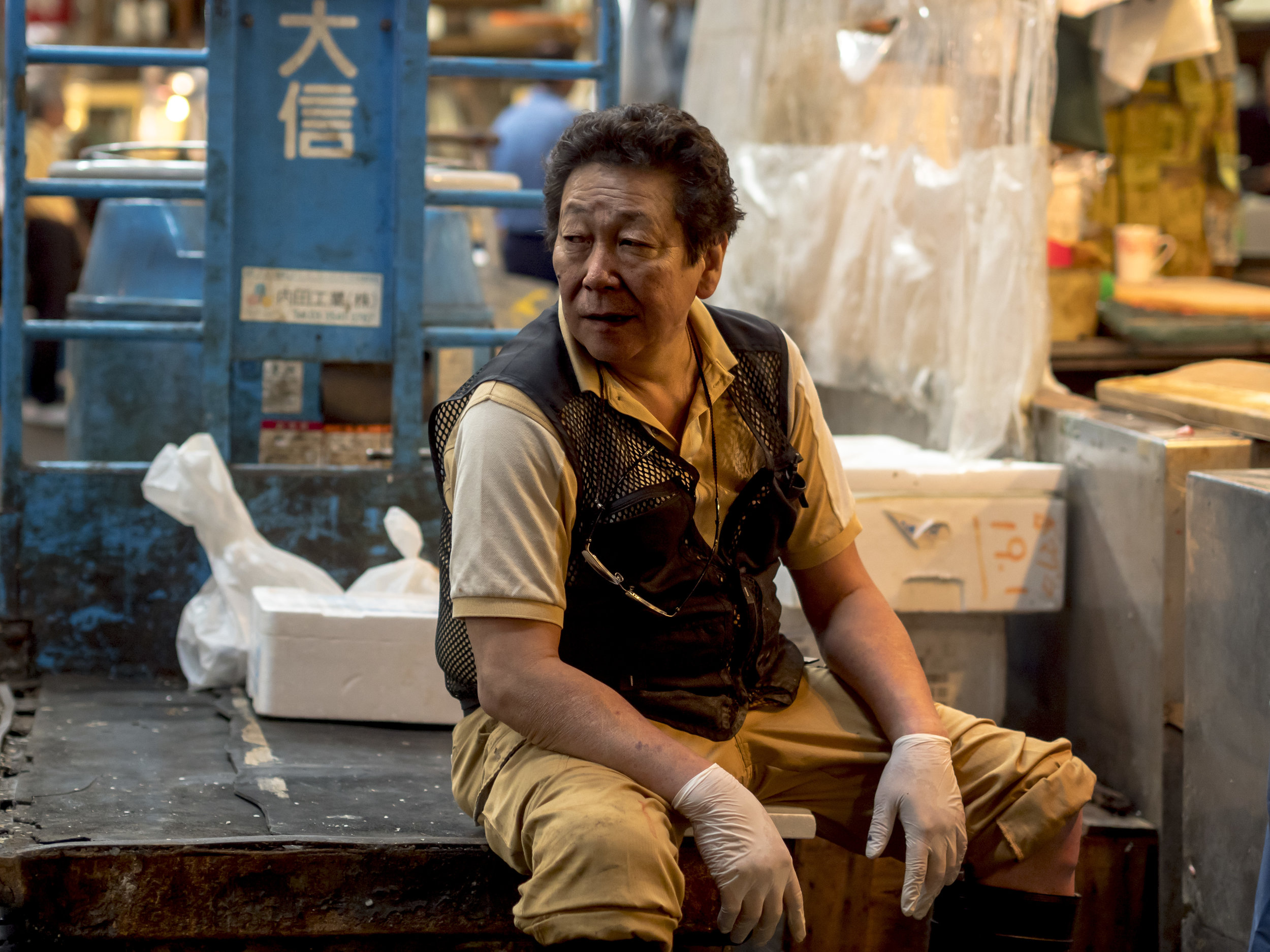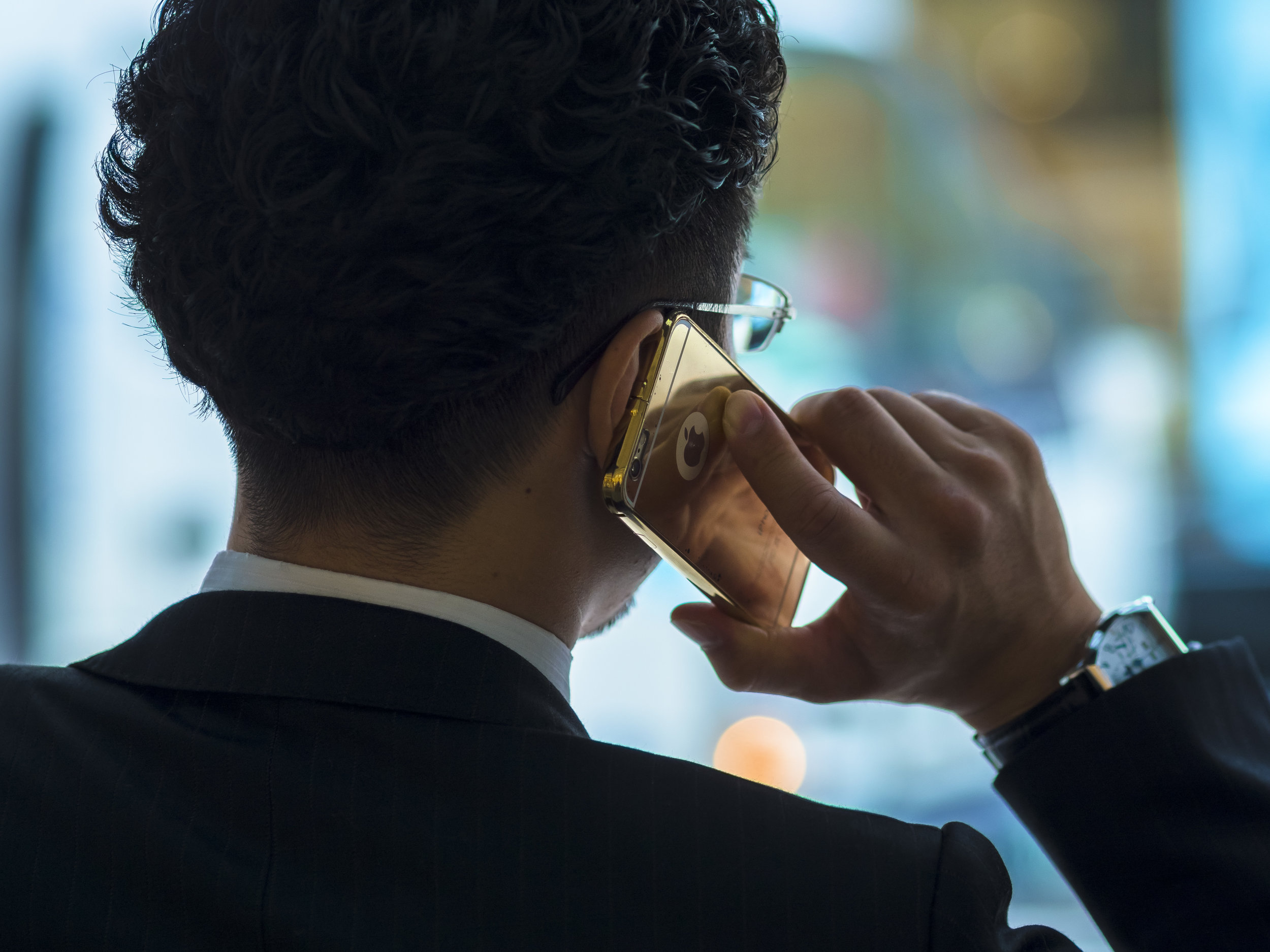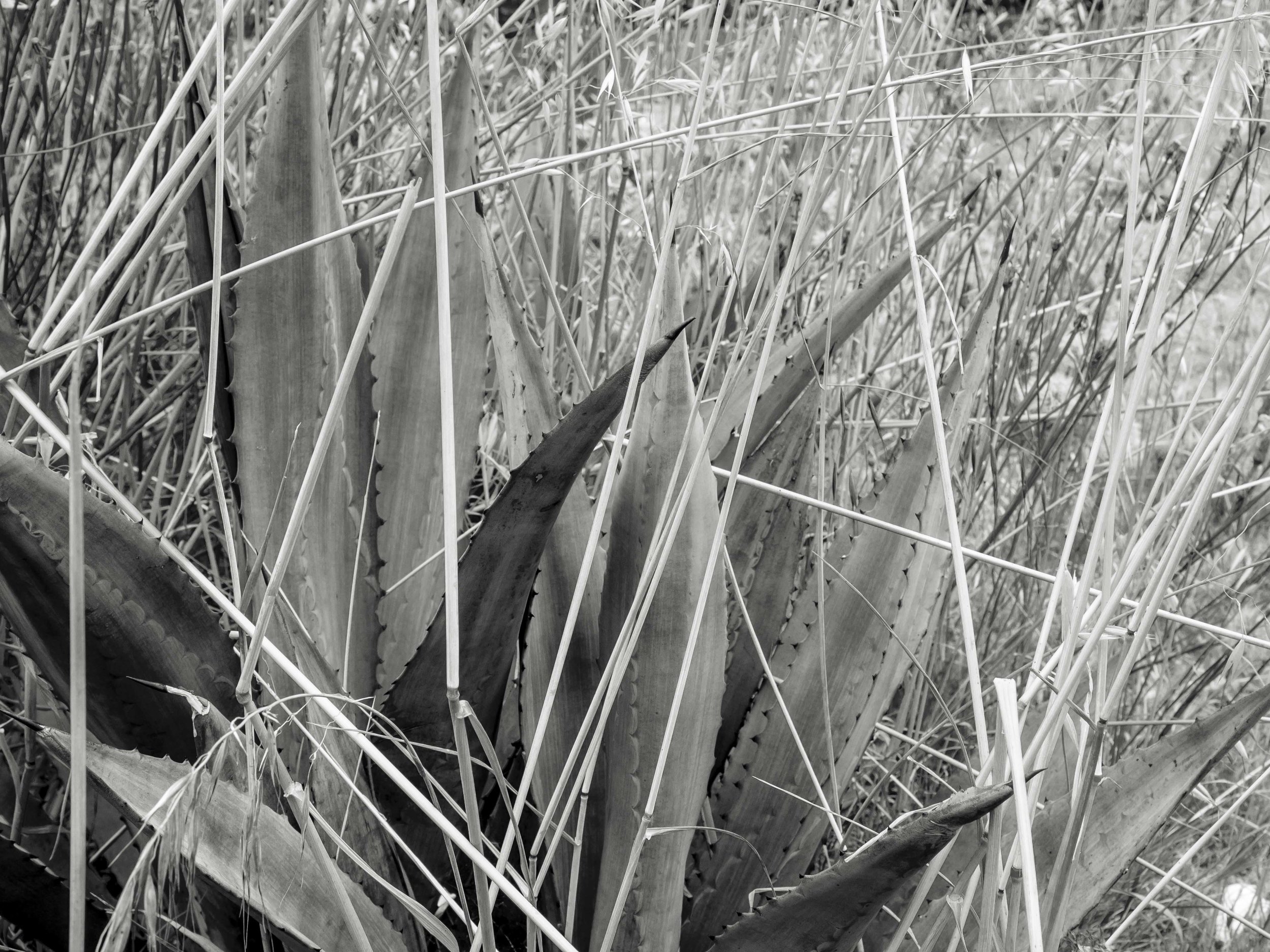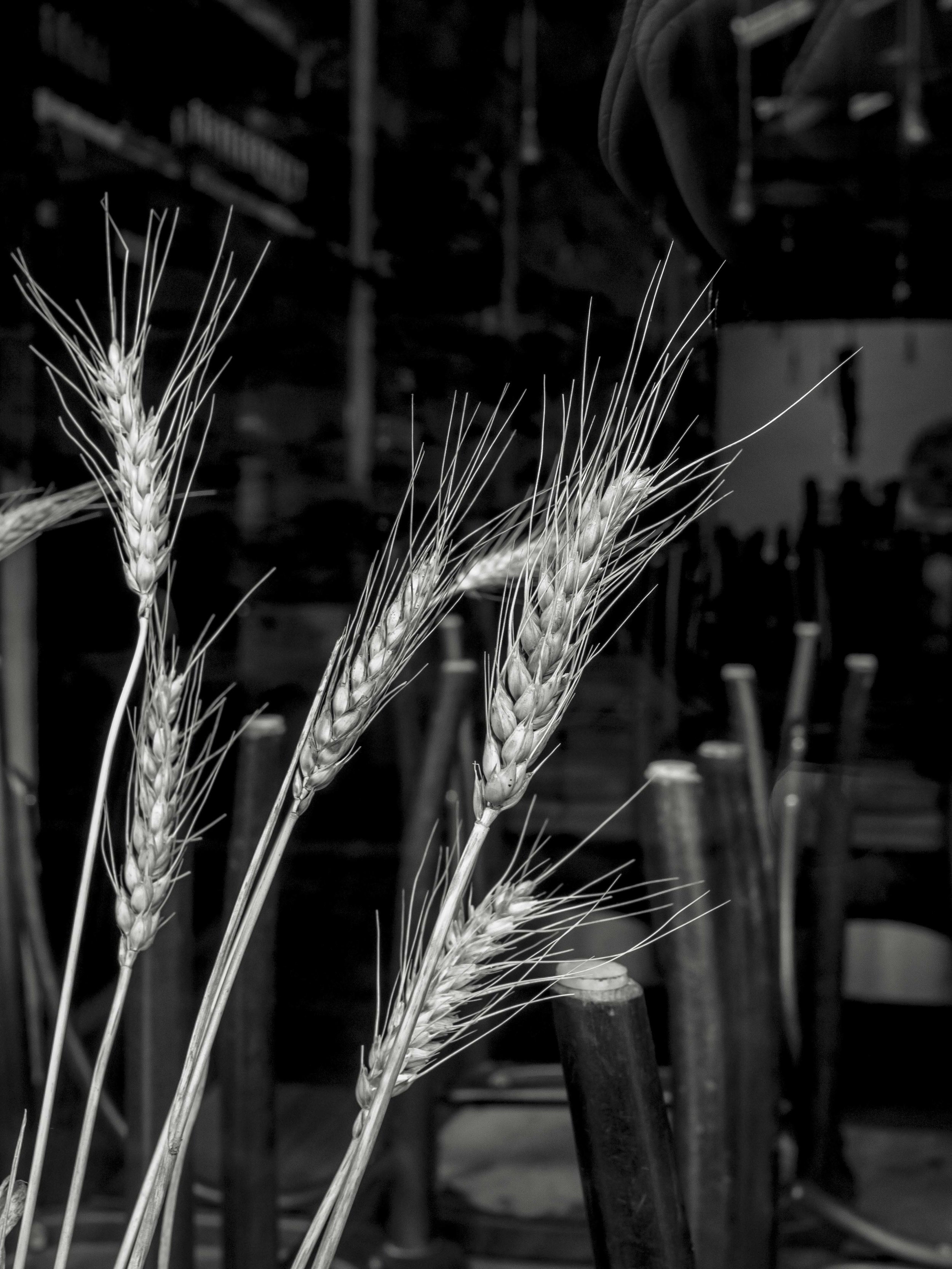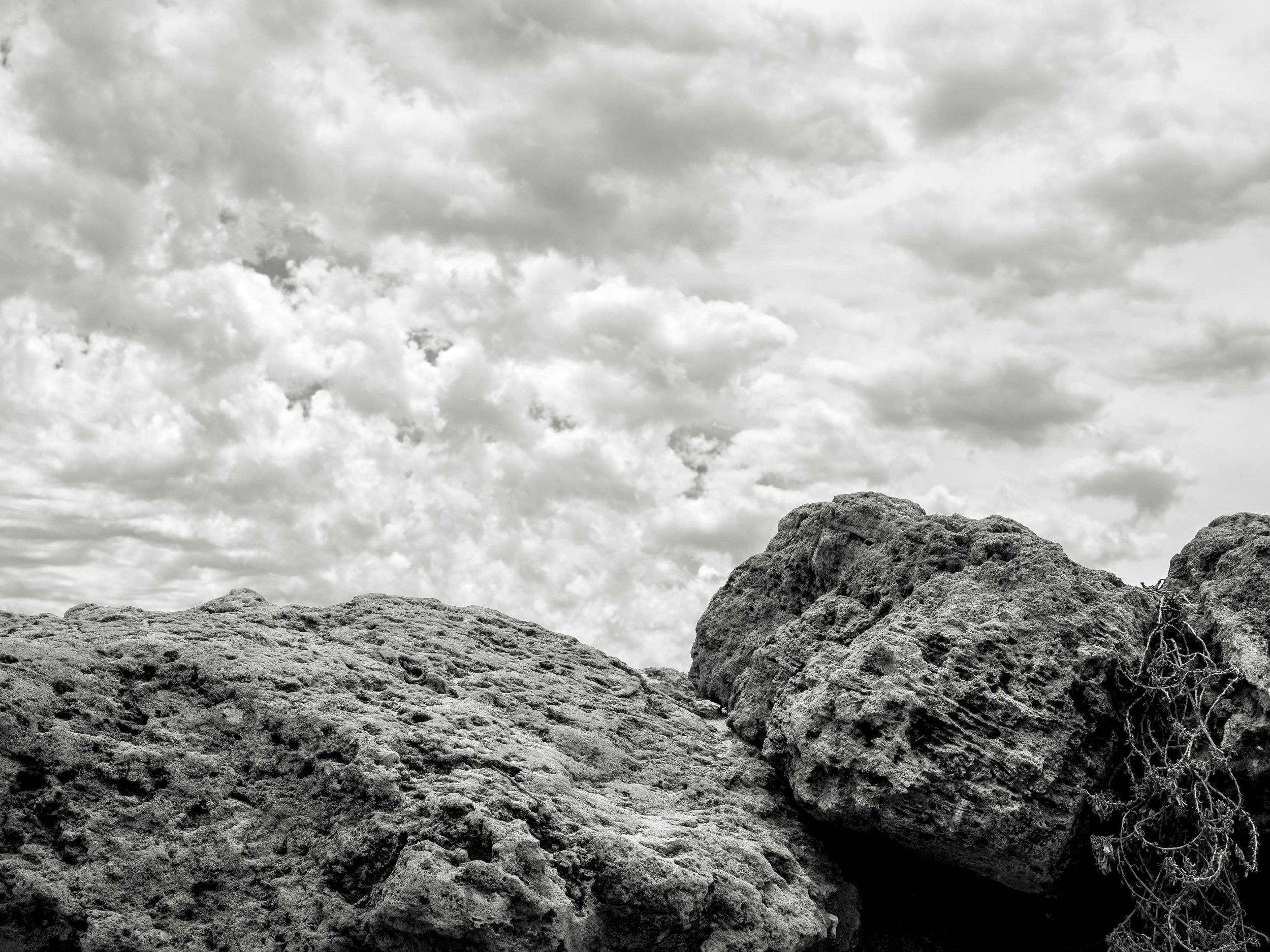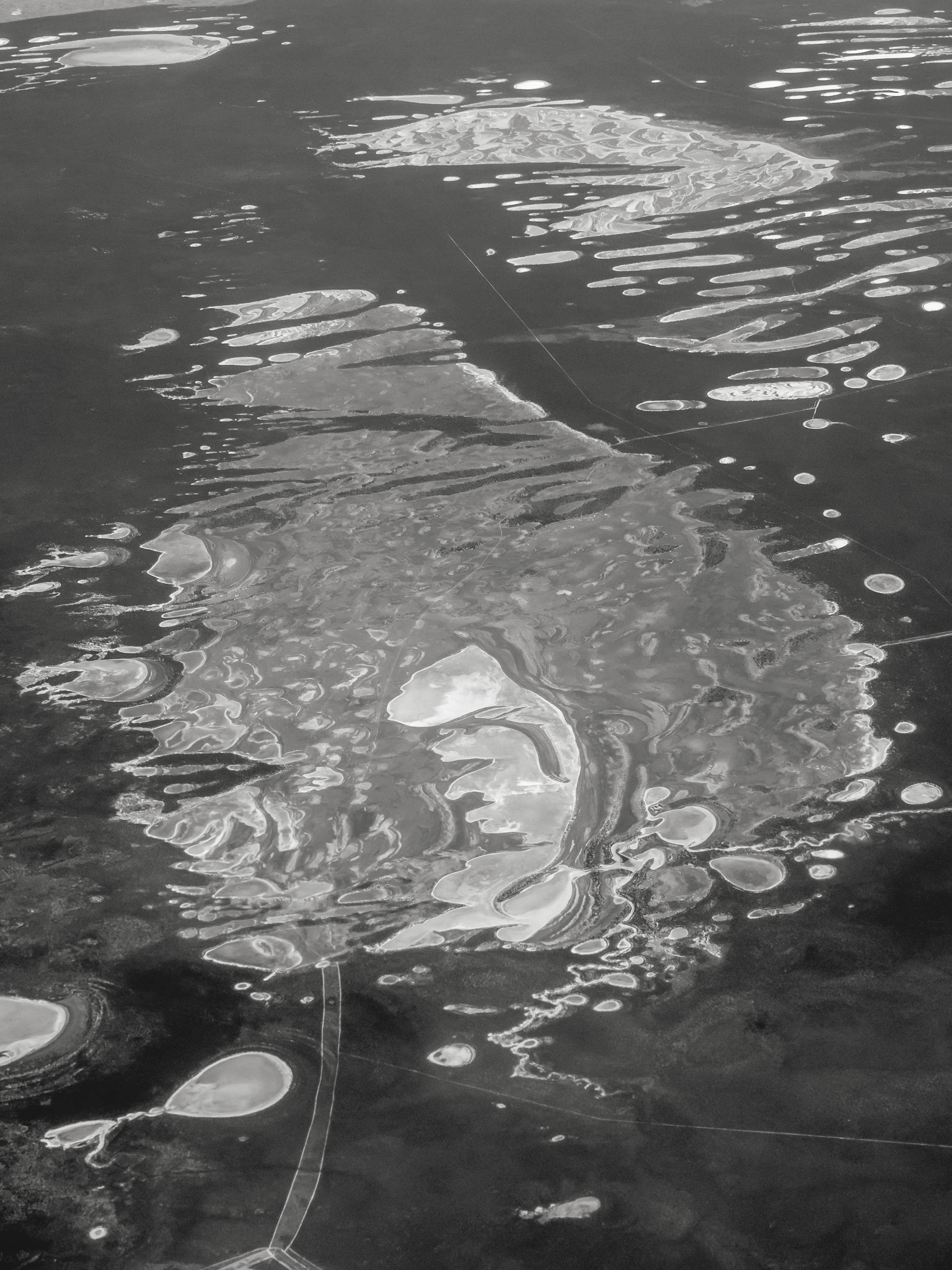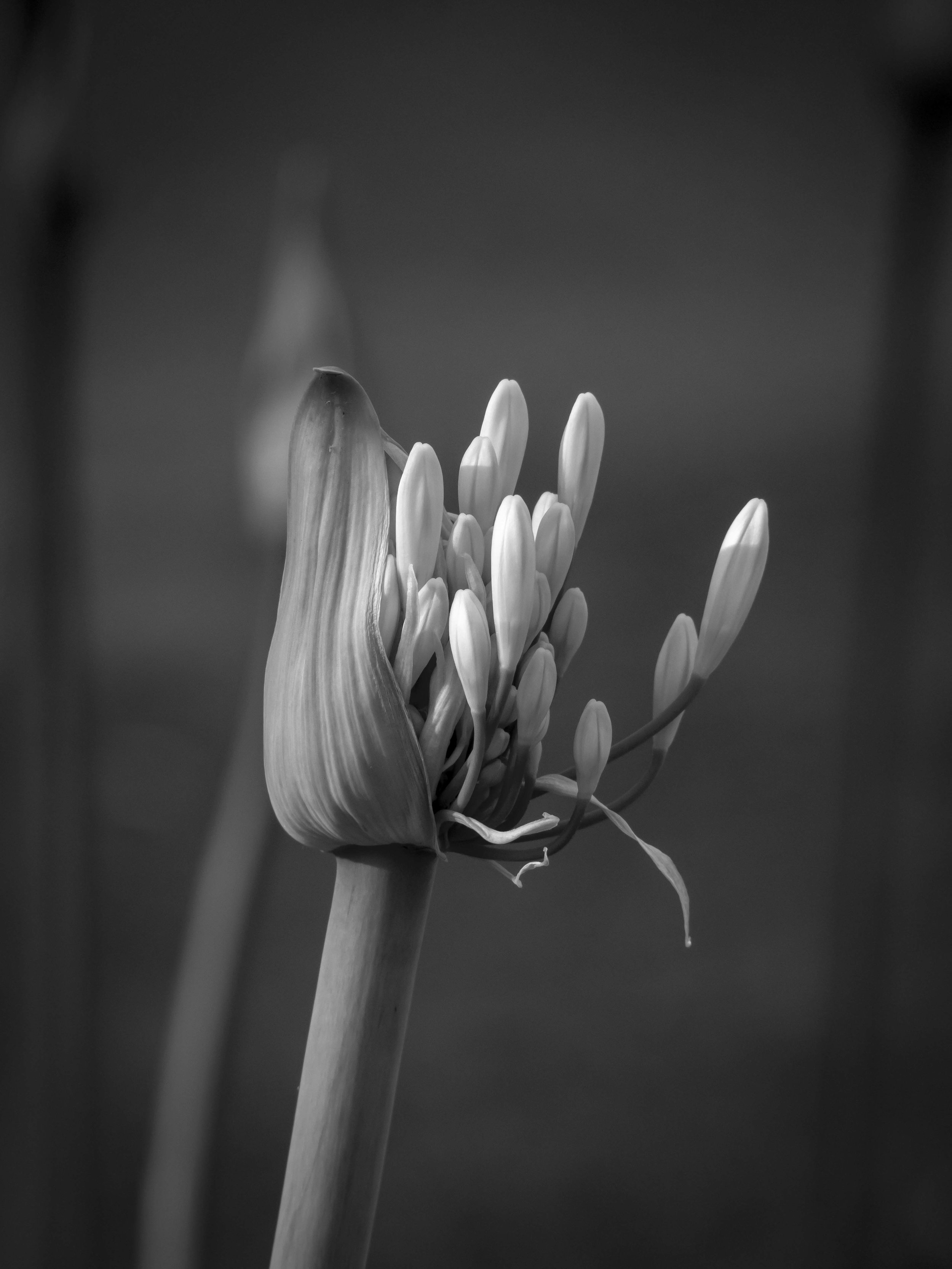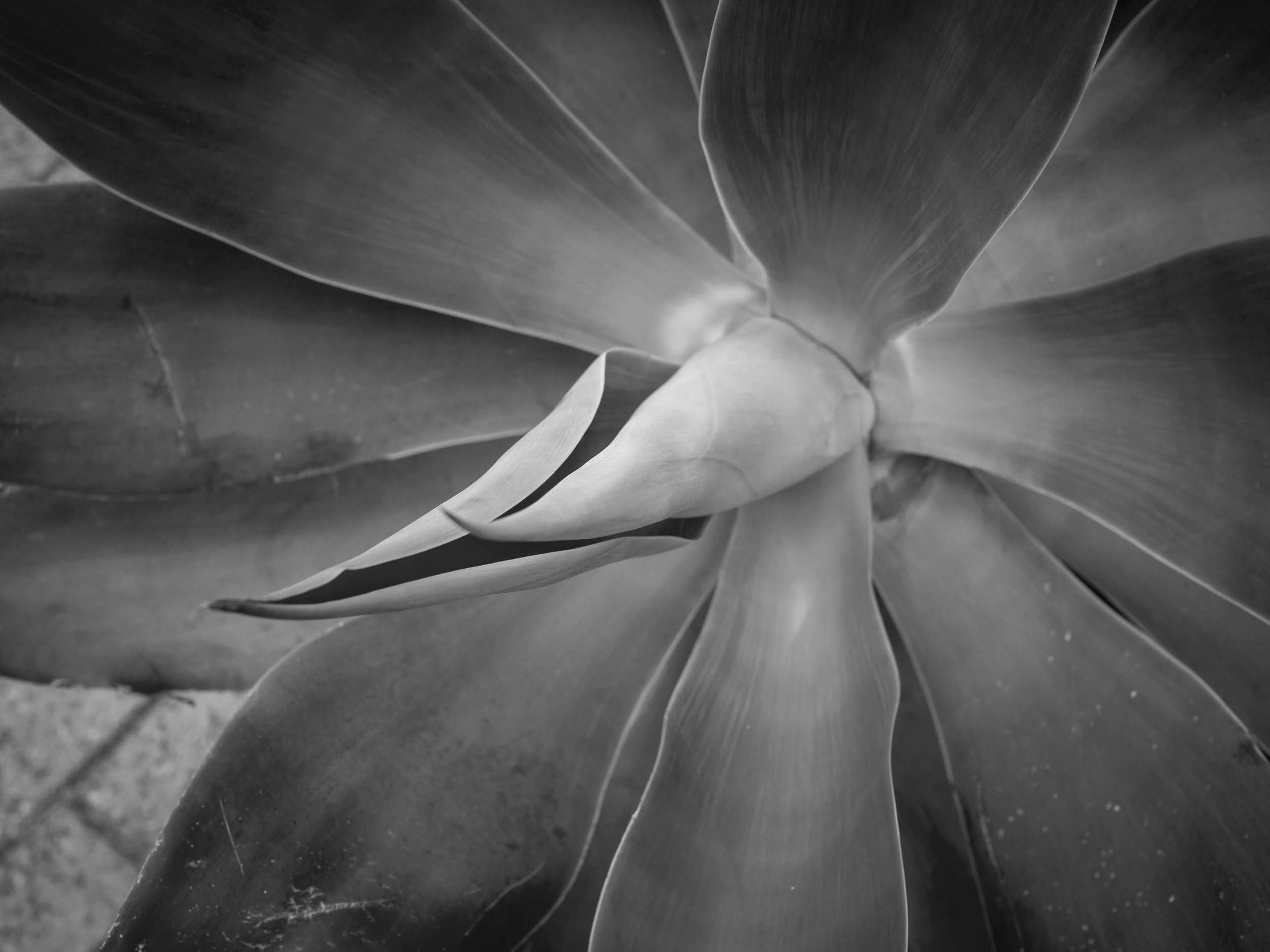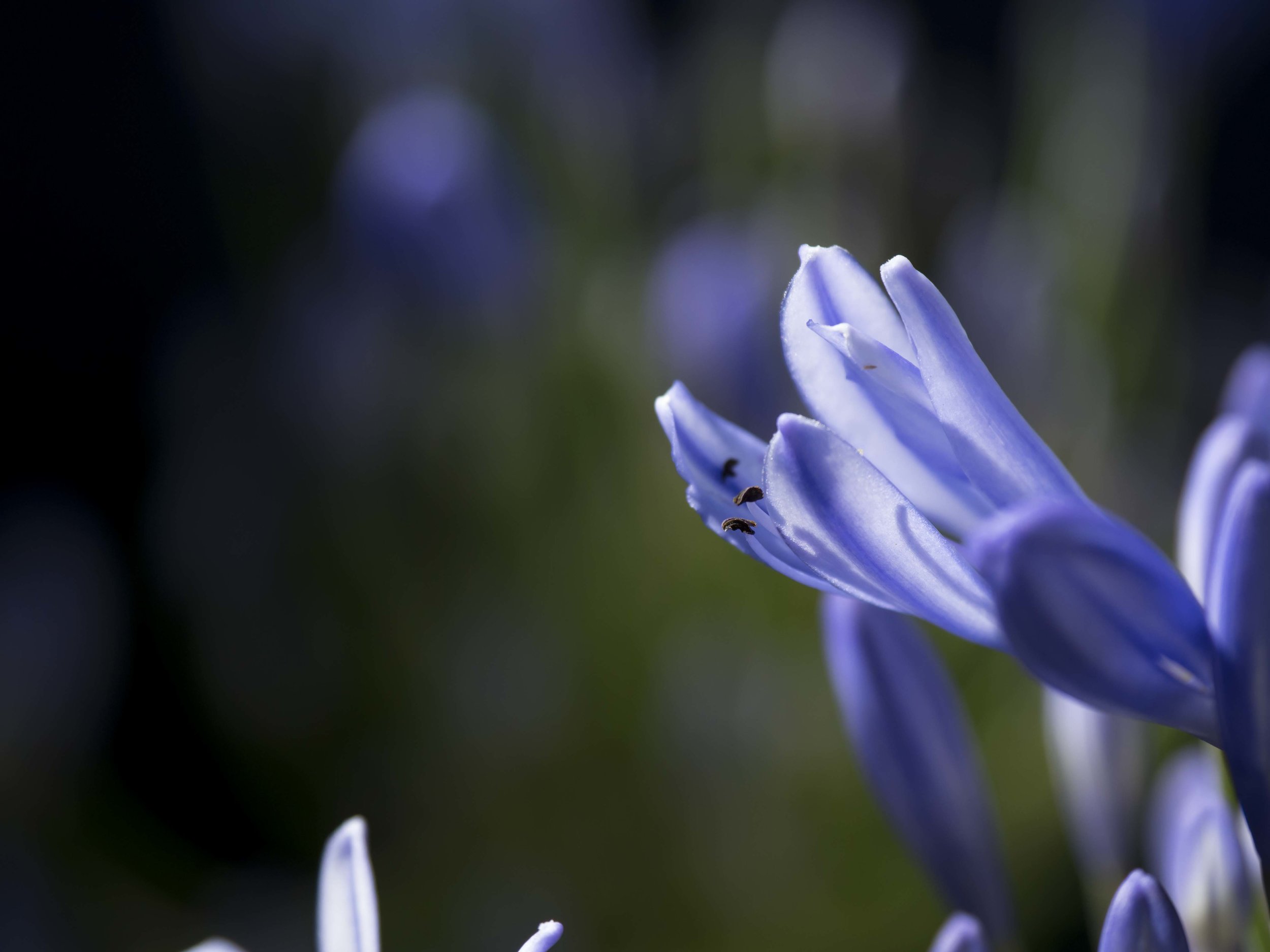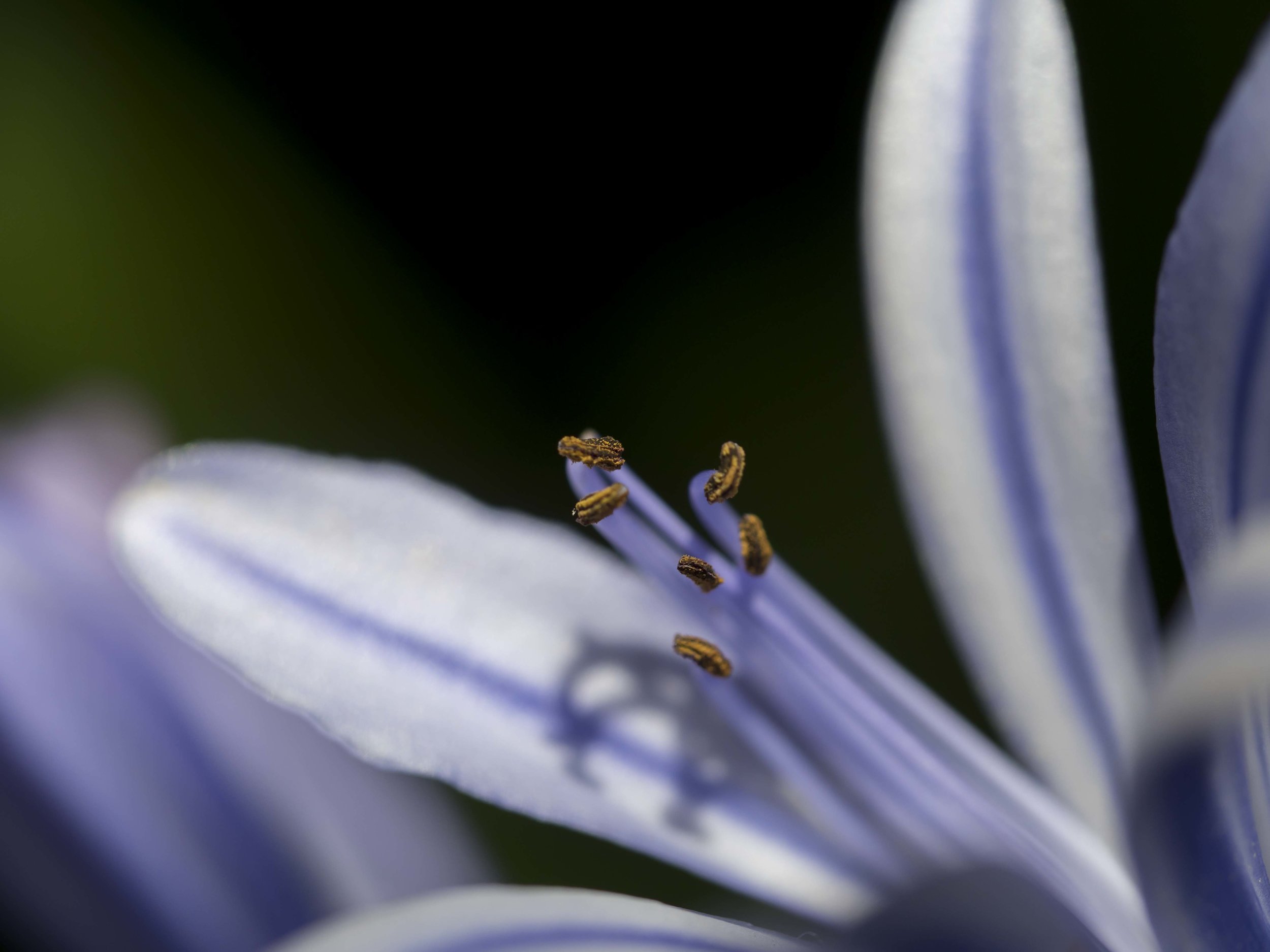Feeling a bit flat this week. Loosing jack, then my wife’’s work finishing up for the year with a couple of her friends leaving, has given us both a heavy feeling of things ending.
I bought myself a couple of toys, in the vein of new beginnings for next (this) year and to distract me for awhile (new gear always leaves me unsettled, something I will use to hep me move on).
Firstly an old friend, but previously a problematic lens for me also. The 20mm Panasonic (Mk2). This one lost out against the 17mm Olympus because it suffered from both poor manual and auto focus application. The MF ring on this one (bought blind) is lighter than any I have used before, which is good and the AF on the EM1 or Pen F is better also. To put that into context, the 17mm on an old EM5 mk1 still whips it on the EM1 mk2, but it is at least useable.
Peaking on the new cameras in MF helps to.
What it brings is a focal length I like and have missed. From memory a lens with a snappy sharp/soft dynamic and Panasonic’s colour and contrast as an option to Olympus’s rendering. I could live without it, but just at the moment, while filling a hole our boy has left, I choose not to deny myself anything that will keep me occupied.
It looks to be a good one.
The second lens is more of a tool/toy. The 30mm macro is a lens that I have always been intrigued by, but have had difficulty deciding on having enough need for. Traditionally there has always been a macro in my bag. Equally traditionally they do not get used much.
Edit…
The 20mm did not sit well with me. I am not sure if it is me moving on to better and more sure footed lenses (the 45, 14 and 20mm’s were my first keeper lenses for M43), or maybe my memory of it’s performance on the older EM5’s is at odds with the EM1’s performance with it now.
The focussing still sucks on a camera that is a true speed demon. To give you some idea, the 20mm on the Em1 mk2 is noticeably slower and noisier than any other lens I own mounted on a non firmware updated EM5 mk1!
I have also not been overly blown away by the image quality in light of many of the lenses I have been using since I last had one. Maybe I just had a special one. I was hoping for the unique* organic and old fashioned look, but the end product was comparable (therefore no different) to the 17mm, which has it’s own benefits and the 25mm Olympus that is it’s superior in every other way (except at being a pancake 20mm).
The macro was fun for about 5 minutes, then it fell into that familiar malaise of “I should have a macro just in case”, knowing it will rarely get any use and I found it a little intimate for my preferred subject (flower details). Both of the standard zooms I have give me good close focussing, which to me is macro enough.
The macro found a home with my father-in-law who is an accomplished arachnid photographer (happy birthday John) and the 20mm went back to the shop.
What did I get with the credit?
An old friend, that I am not worthy of as I had one for a while and did not appreciate it as I should have.
The 12-40mm Pro. This is doubling up on the 12-100 I guess, but the two lenses are so completely different in handling and image look, that, in light of a trip to see family in the big west (Western Australia), it just felt right to get it again. The other option was the 15mm Leica, but again, for nearly the same money, nothing really to be gained.
Boy was that a good call.
The smooth and generous look of the 12-40 is a good fit in my kit. The smaller form factor (than the 12-100) makes it genuinely more comfortable and the faster aperture sits better with me for general walk around shooting. I also feel that maybe the Bokeh/rendering is nicer for general shooting and portraits than the 12-100. This one and the newer ones I have seen seem to have also removed the barrel wobble most of the early ones had.

















